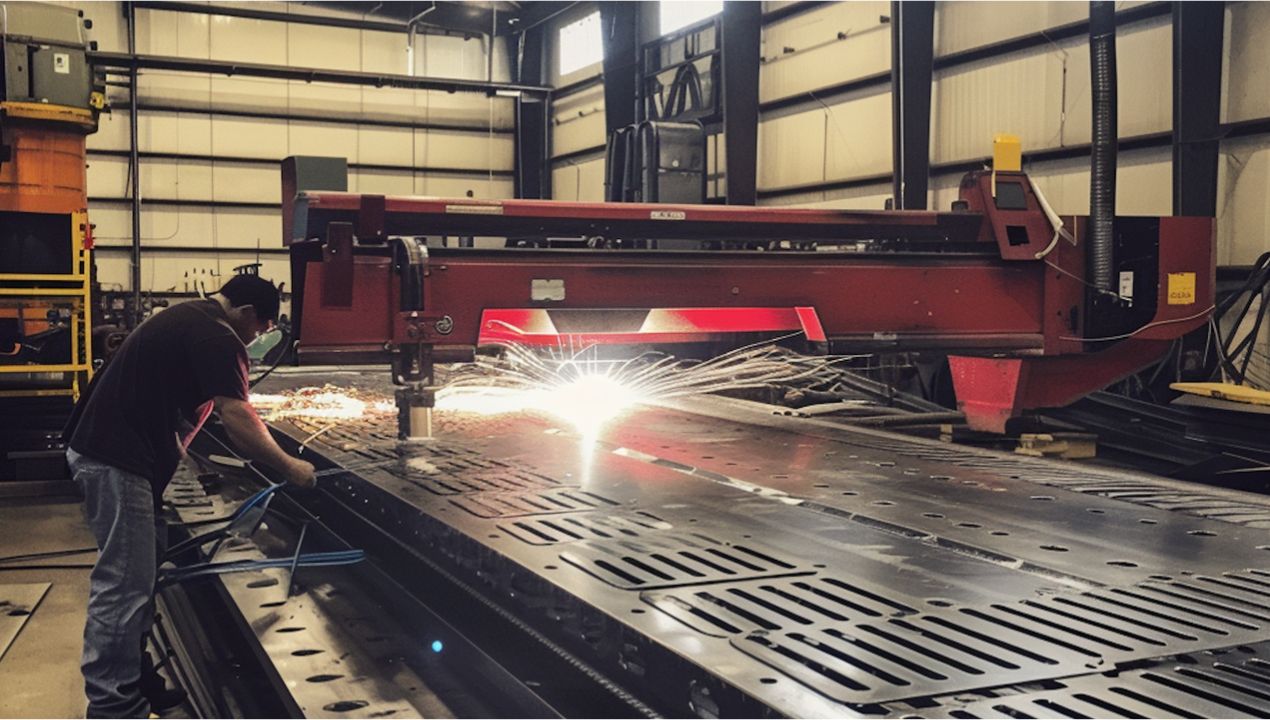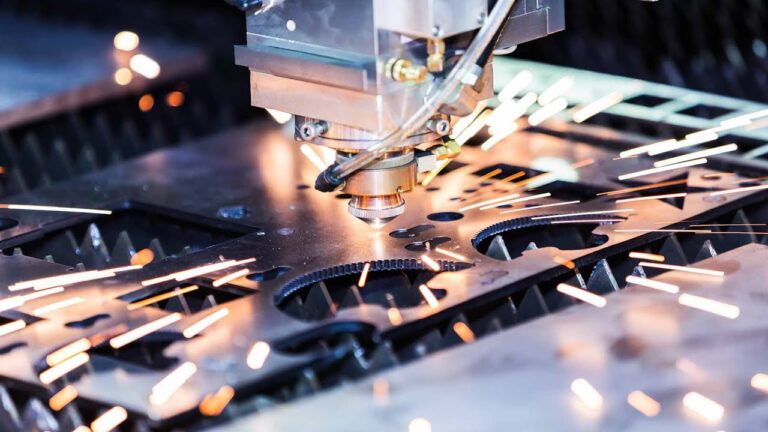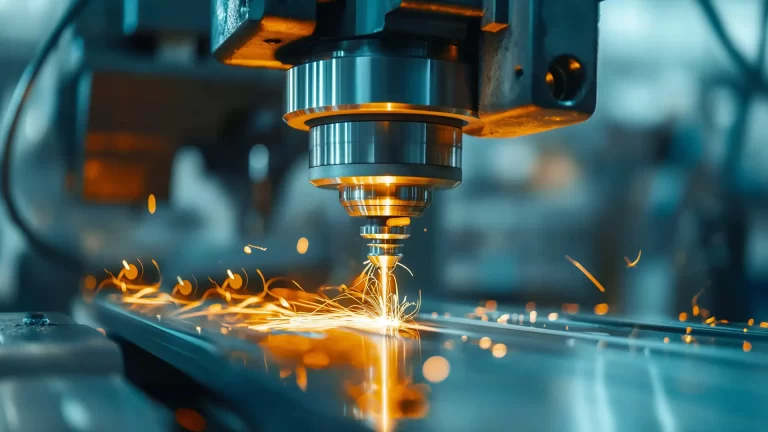Metal fabrication is a critical process in various industries, from automotive to construction. However, it is easy to make mistakes during fabrication that can compromise the quality, safety, and cost-effectiveness of the final product. By identifying common mistakes and understanding how to avoid them, you can ensure the success of your project. In this article, we will explore seven common errors in metal fabrication and how to prevent them.
-
Choosing the Wrong Material
One of the most significant mistakes in metal fabrication is selecting the wrong material for the job. Metals come in various types, each with specific properties. Some metals are better suited for certain applications, while others may not be durable enough. For instance, stainless steel is highly corrosion-resistant, while aluminum is lightweight and great for applications that require reduced weight.
How to Avoid It:
Before beginning any project, carefully assess the material requirements. Consider the conditions the final product will face, such as exposure to heat, chemicals, or weather. Consult with a knowledgeable supplier or a fabrication professional who can help you choose the best material for your specific needs.
-
Inaccurate Measurements
Precision is key in metal fabrication. Even a small measurement error can lead to problems during assembly or cause the final product to fail. Incorrect measurements can result from human error, improper tools, or inaccurate drawings. These mistakes often lead to wasted materials and additional time spent correcting the issue.
How to Avoid It:
Ensure that all measurements are double-checked before fabrication begins. Using high-quality tools such as calipers and laser measuring systems can improve accuracy. Moreover, digital designs and CAD software can help create precise measurements and prevent human error.
-
Poor Welding Practices
Welding is a crucial part of the fabrication process. If not done correctly, poor welding can cause structural weaknesses, compromising the integrity of the product. Inconsistent heat, poor filler material selection, and lack of proper preparation are common causes of faulty welding. This can result in weak joints or even failure under pressure.
How to Avoid It:
Invest in skilled welders who are trained in proper welding techniques. Regularly inspect welds for consistency and strength. Additionally, pre-weld surface preparation, such as cleaning and beveling edges, can significantly improve weld quality.
-
Lack of Proper Ventilation
Ventilation is often overlooked in the fabrication process, but it plays a crucial role in worker safety and product quality. The fumes from welding, cutting, and grinding can be hazardous if not properly ventilated. Without proper ventilation, workers may suffer from respiratory problems, and there could be a higher risk of fire hazards.
How to Avoid It:
Ensure that the workspace is equipped with adequate ventilation systems, such as fume extractors and exhaust fans. Regularly check these systems to ensure they are functioning correctly. Providing personal protective equipment (PPE) such as respirators is also essential to ensure worker safety.
-
Overlooking the Finishing Process
While the main fabrication steps are crucial, the finishing process is just as important. Overlooking this stage can result in a rough, unattractive surface that is susceptible to corrosion. Poor finishing can also affect the product’s functionality and durability. If the metal surface is not smooth or adequately coated, it may fail sooner than expected.
How to Avoid It:
Make sure to include a proper finishing process in your fabrication workflow. This may involve grinding, polishing, or powder coating to achieve the desired surface quality. Additionally, applying protective coatings or galvanizing can prevent rust and corrosion.
-
Ignoring Safety Protocols
Safety should always be a priority in metal fabrication. Failing to follow safety protocols can lead to accidents and injuries, causing project delays and legal complications. Workers need to be aware of the risks associated with tools, machinery, and materials used in fabrication.
How to Avoid It:
Establish a strict safety program that includes regular training sessions, safety gear, and routine inspections of equipment. Ensure that safety procedures are followed at every stage of fabrication, from handling raw materials to using power tools.
-
Not Accounting for Tolerances
Tolerance is the allowable deviation from a specific measurement in the fabrication process. Failing to account for tolerances can result in parts that don’t fit together properly or function as intended. Tight tolerances may require more precise tools, while loose tolerances could lead to wasted material or rework.
How to Avoid It:
Be sure to specify the appropriate tolerance levels for each part and communicate them clearly to all involved in the process. Using high-precision equipment and carefully reviewing the designs can help ensure that all parts fit together as planned.
In Summary
Metal fabrication requires attention to detail and precision at every step. By recognizing and avoiding common mistakes such as poor material selection, inaccurate measurements, faulty welding, and inadequate ventilation, you can enhance the quality and safety of your projects.
To achieve the best results, it is important to work with experienced professionals who understand the nuances of metal fabrication. Whether you are looking for custom metal fabrication services MS or any other location, make sure you choose a reliable partner that prioritizes quality and precision.





